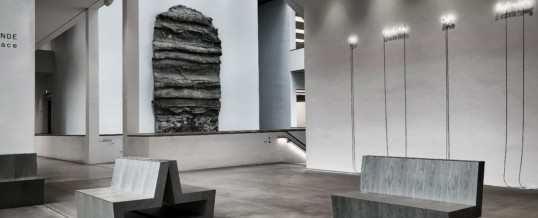
STC stands for Sound Transmission Class. It’s a way to rank how much sound a building partition—like a wall or ceiling—blocks sound traveling through the air. STC is used in the United States while it’s cousin, the SRI (Sound Reduction Index), is used elsewhere. You can think of the STC rating as representing approximately how many decibels the partition can drop the noise. So, a higher STC number means more sound blocked. Although this is a rule of thumb, it helps give some intuition for what STC rating numbers mean.
The Sound Transmission Class is always reported as a whole number. STC is measured under laboratory conditions for a fully assembled partition. That means you won’t usually find STC ratings for individual components or products since STC is meant to be measured for fully constructed assemblies. The lowest STC numbers you see are around 33. A typical wall with two half-inch sheets of drywall with no insulation between might have an STC rating of 33. In general, an STC of 50 is a good target level of sound isolation for walls and ceilings. If you have an STC of 60 or more, that is considered highly isolated.
The STC is designed to pick up broadband noise in the frequency range from 125 Hz to 4,000 Hz. While this is a limited portion of human hearing—humans can hear frequencies ranging from 20 Hz to 20,000 Hz—this is the range where human hearing is most sensitive and where the sound energy due to human speech is strongest. That said, the STC doesn’t do a good job measuring low frequency sounds like the rumbles from vehicles with engines or at measuring high frequency whining or chirping sounds. It may also struggle at characterizing narrowband noise (noise that only happens at a certain pitch) like a loudly beeping alarm clock.
To improve STC there are two main approaches: add more mass to the partition or make the partition more airtight. Adding sealed channels to the inside of a wall can also help. An acoustical consultant can help you know what options are available to improve an STC rating.
As with other noise metrics, there is no way of guaranteeing a person will not be annoyed by noises that come through the walls, floors, or ceilings. Unfortunately, psychoacoustic studies have been clear that annoyance preferences vary wildly person to person. However, STC ratings are helpful in determining whether a structure has been properly constructed and holds architects, designers, and other contractors to a measurable standard of quality, so buyers can trust in the acoustic integrity of their buildings.
In the next post, we’ll explore how to measure STC. If you missed the first post, read more here.
FEB
2020

About the Author: